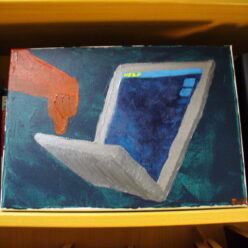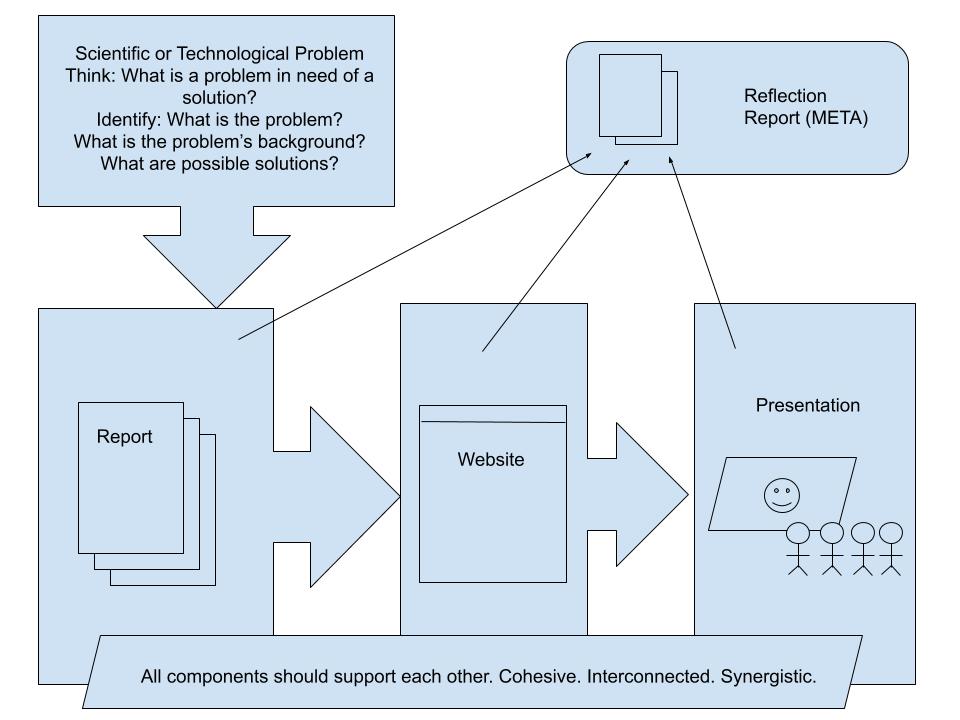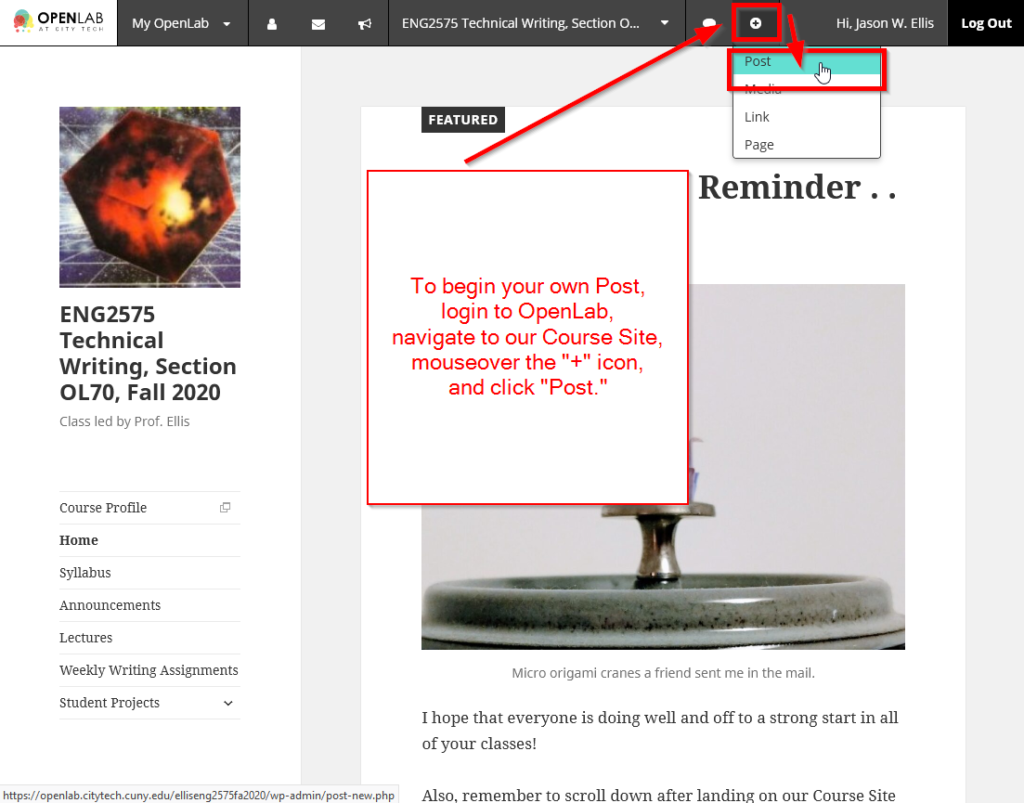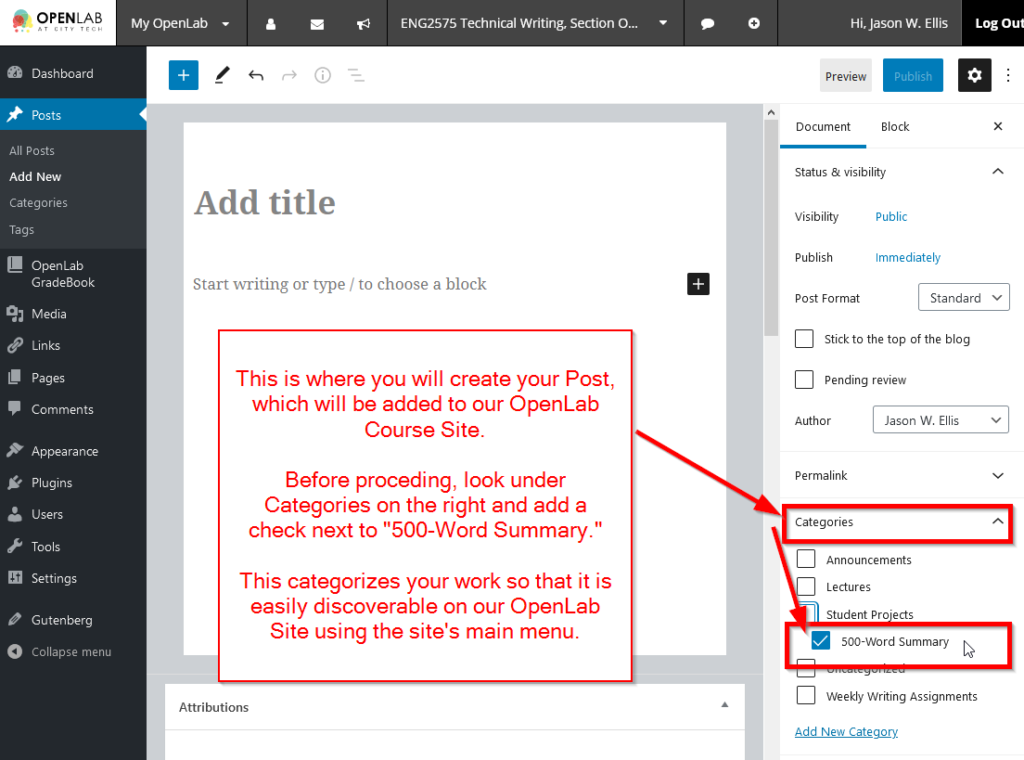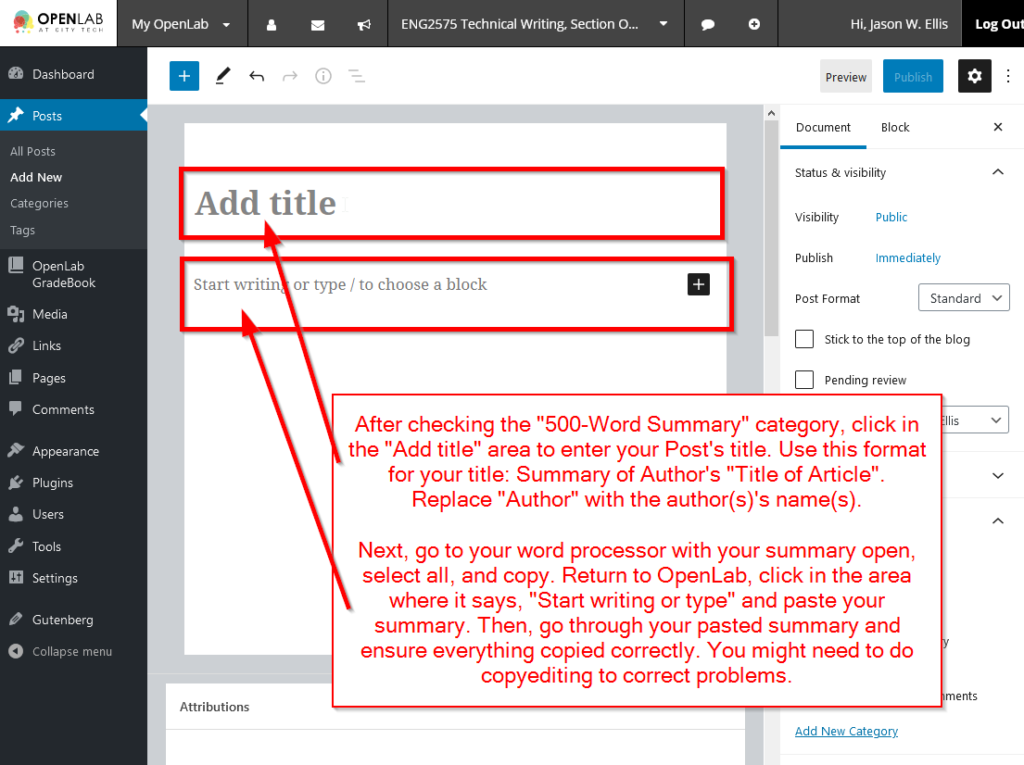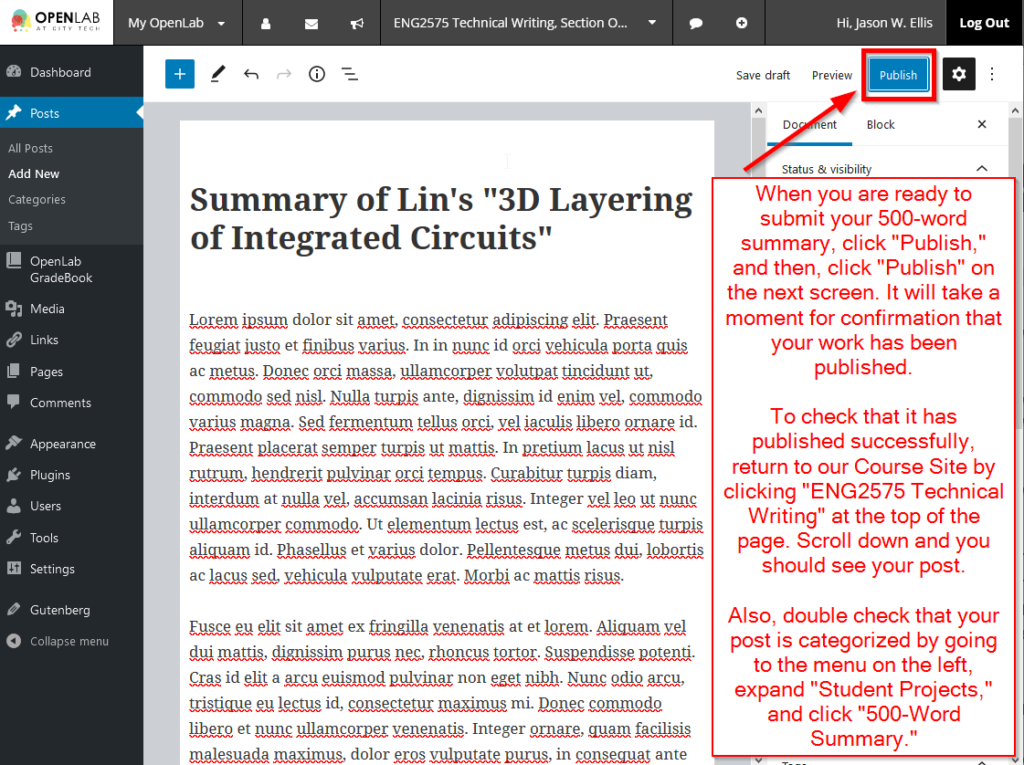To: Professor Ellis
From: Tarin Sultana
Date: March 17, 2021
Subject: Expanded Definition of Network Security
Introduction
The purpose of my 750-1,000-Word Expanded Definition Project is to explore the term “network security” as a general introduction for undergraduates that are studying computer information technology, and which is also associated with my college major. I decided to focus on network security because it is a global issue in technology right now. While writing this document, I will expand the term of network security. I will use different quotes to discover the differences or similarities uses in separate sections or purposes in the context. At the end of this project, in the working definition section, I will provide my practical explanation that I learned during the research of my project.
Definitions
If we look at the word “network security,” it is two words; there are two different definitions of each term. Such as according to the Oxford English dictionary, “network” means “A group of people who exchange information, contacts, and experience for professional or social purposes.” And “security” means “A group of people who exchange information, contacts, and experience for professional or social purposes.” The term “network” has changed over time and continues to change as emerging technology such as cloud computing and the Internet of Things (IoT) grow faster. As a result, new and diverse network detection tools need to protect this widening presence. If we connect with the term of network and security, in technology this the same word and the definition of the term is, network security is a system of principles and configurations that use both software and hardware to protect the integrity, confidentiality, and accessibility of computer networks and data.
Context
A researcher at a NASA center in California is generally known for creating the first firewall. They developed a network protection method that was a virtual version of the “firewall” used in physical structures to prevent fires from spreading to other areas of a building or complex after being targeted by a virus in 1988. “Protecting the confidentiality of corporate information, preventing unauthorized access and defending the network against attacks remain primary concerns of network security professionals today.” (Crowcombe, 2004). The context uses the Intitle “network security” that is critical for both personal and business networks. Data loss, fraud, and sabotage can all reduce with a sound network security system. The purpose of network protection is to protect the network from cyberattacks and hacking attempts.
The term network security uses in different sections. It can also improve network traffic, improve network performance, ensure secure data sharing between employees and data sources, and protect assets and data integrity from external exploits. The protection given to a network against unauthorized access and threats is known as network security. Network administrators must take preventative steps to safeguard their networks against future security threats. Daily transactions and correspondence within the government, individuals, or businesses necessitate secure computer networks. Assigning a unique name and corresponding password to a network resource is the most common and easy way of protecting it.
Working Definitions
Network security is critical for both personal and business networks. Most homes with high-speed internet have one or more wireless routers, which can be a hack if not adequately protected. Data loss, hacking, and sabotage are all risks that can reduce with a network security system. It did not take much to realize that businesses had to have such basic safety protective measures when they began connecting their internal/trusted networks to external/untrusted internet. Network architectures have developed that create protection layers between the most sensitive parts, usually where the mainframes or databases reside on the internet, which is untrusted and external.
References
J. Reuvid (Ed.).(2004). Secure Online Business Handbook (3rd ed., pp.226). Kogan Page. https://link.gale.com/apps/doc/CX3471300002/GVRL?u=cuny_nytc&sid=GVRL&xid=ae2ace0a
Z. Chen, W. Dong, H. Li, P. Zhang, X. Chen and J. Cao. (Feb. 2014). Collaborative network security in multi-tenant data center for cloud computing. Tsinghua Science and Technology, 19(1), 82-94. https://doi.org/10.1109/TST.2014.6733211
NATO, A. S. I. O. N., North, A. T. O., NATO, S. F. P. A. S. (2008). Aspects of network and information security. E. Kranakis, et al’s. (Ed.). IOS press.
Crowcombe, Peter. “Network Vulnerabilities.” Secure Online Business Handbook, edited by Jonathan Reuvid, 3rd ed., Kogan Page, 2004, pp. 63-66. Gale eBooks, link.gale.com/apps/doc/CX3471300019/GVRL?u=cuny_nytc&sid=GVRL&xid=bba83999..
